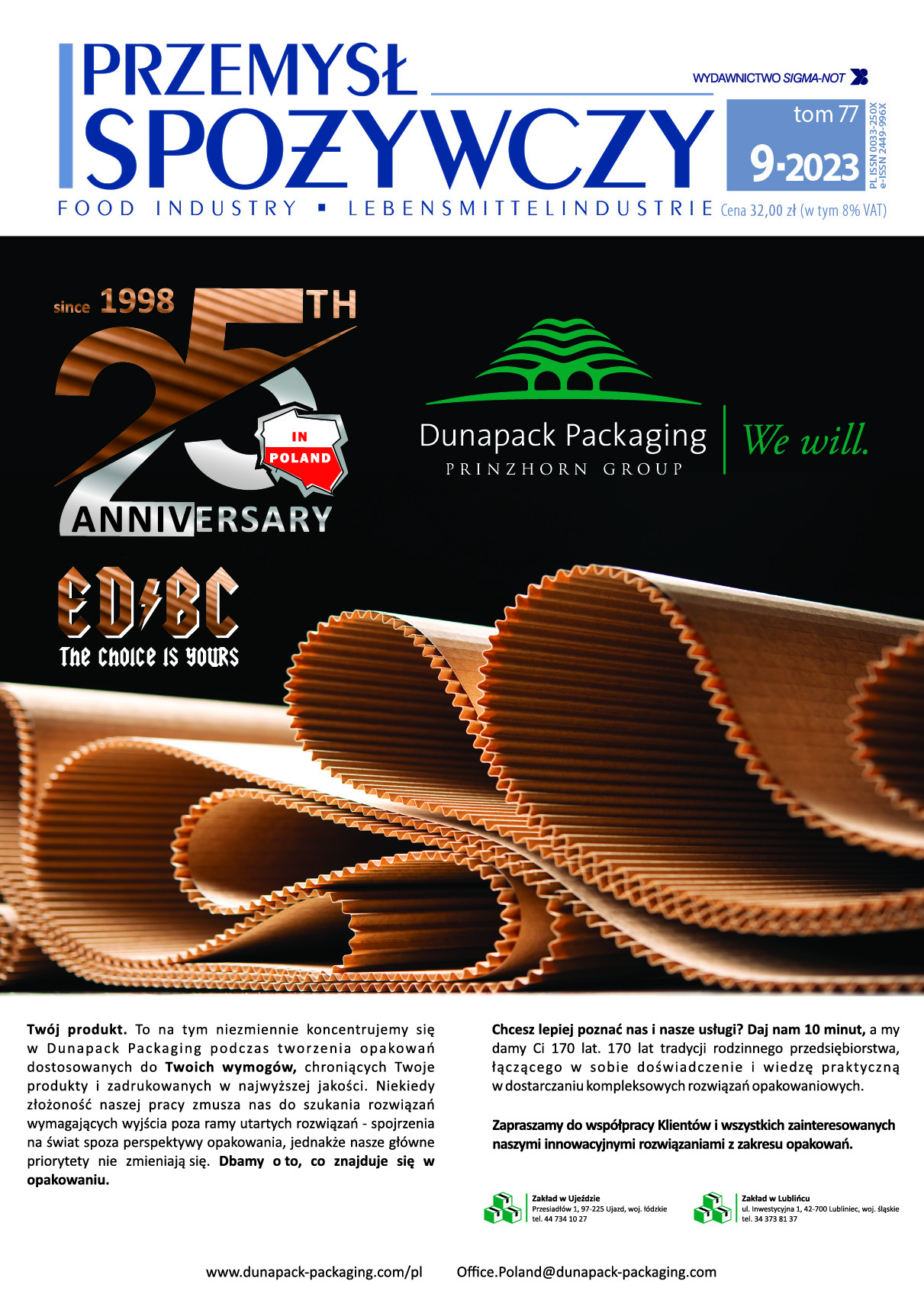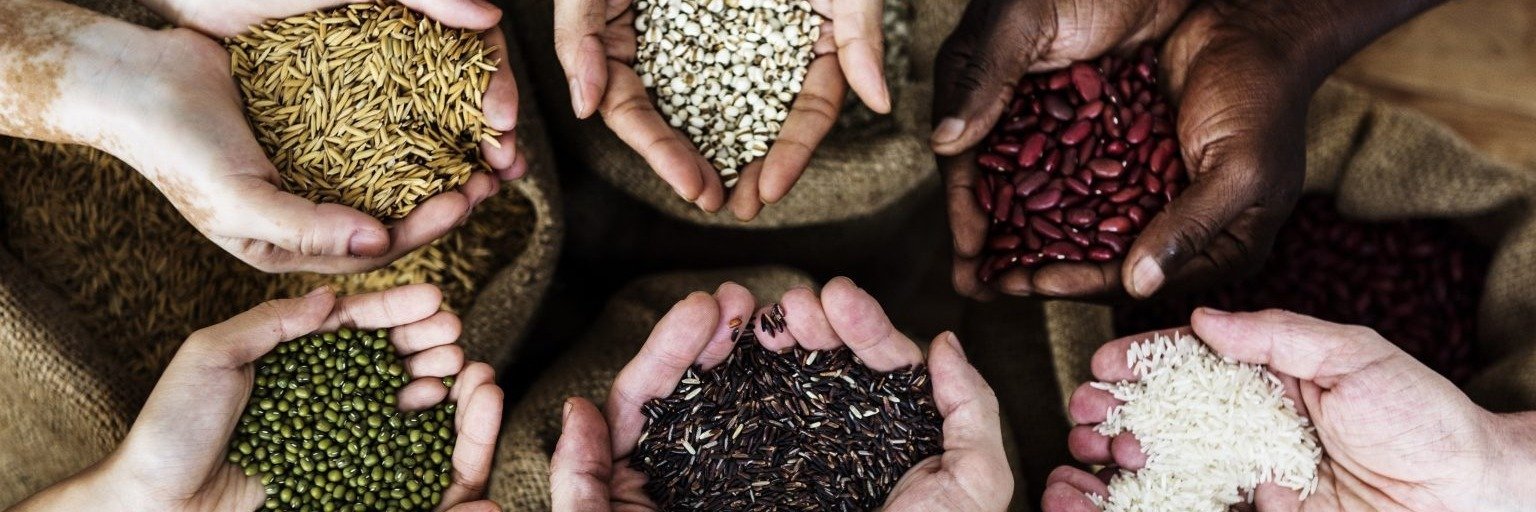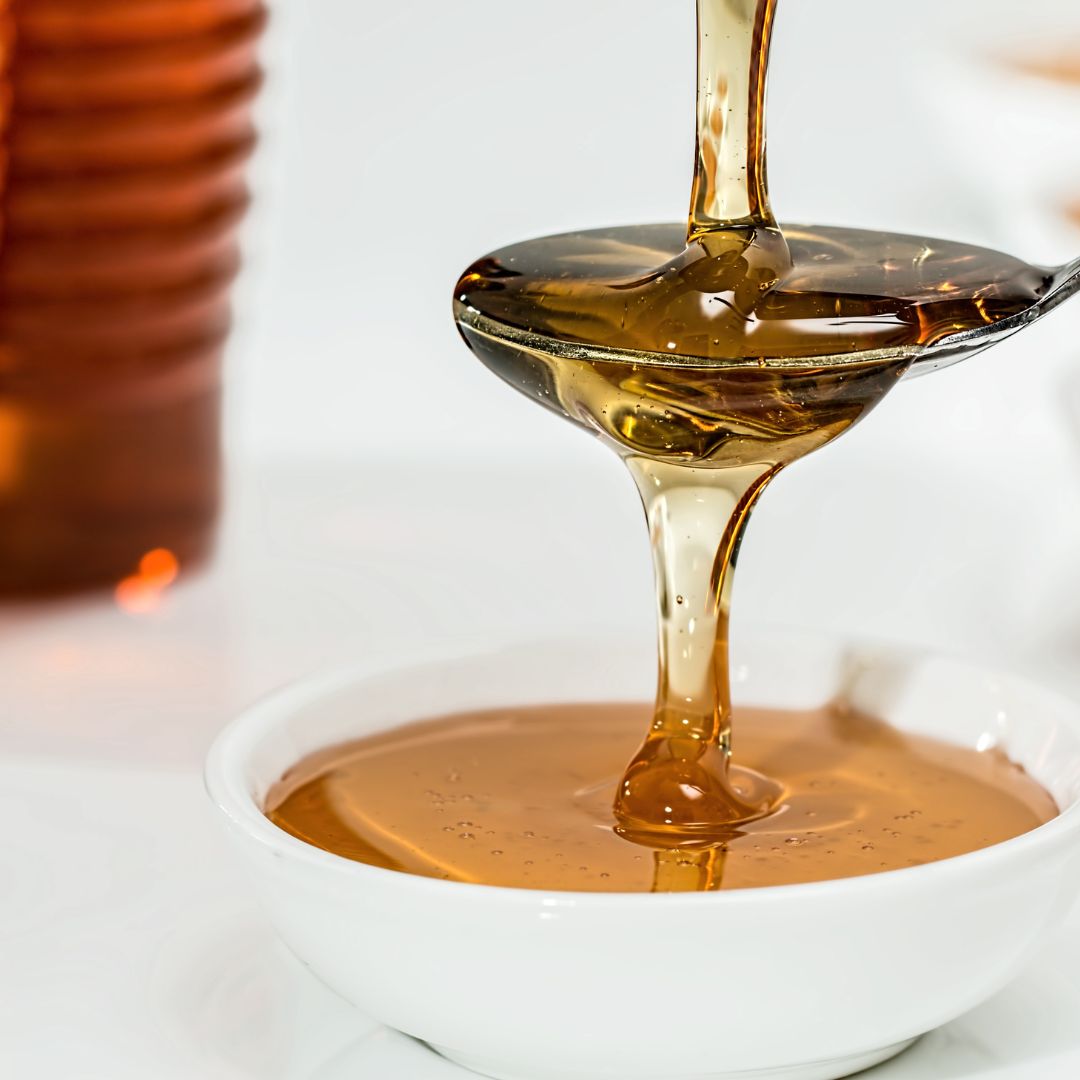ECONOMY
- Polish Trade in Agri-Food Products During the War in Ukraine (DOI 10.15199/65.2023.9.1)
Małgorzata Bulkowska 2
The article presents changes in Polish foreign trade in agri-food products in 2022 and the first half of 2023. First, the factors determining Polish agri-food trade were discussed, then changes in the level and dynamics of trade in agri-food products were presented, i.e. their exports, imports and balances, as well as the results of the analysis of the geographical and commodity structure. The second part of the article focuses on trends in Polish trade in agri-food products with Ukraine. Despite the pressure of changes in the external environment, in 2022 the value of Polish agri- -food exports increased by 27.3%, reaching EUR 47.9 billion, while the value of imports increased by 29.2%, to EUR 32.2 billion. Thus, the trade surplus amounted to EUR 15.6 billion and was 23.5% higher than in 2021. The record-breaking turnover in the Polish agri-food trade was largely the result of rising product prices. In 2023, this trend continues. Further development of Polish exports in the coming years will be determined by the course and effects of the armed conflict in Ukraine, as well as the growing production costs, which will have adirect impact on the profitability of foreign trade, and thus, the condition of the entire agri-food sector in Poland
KEYWORDS: foreign trade, agri-food products, inflation, Ukraine
LAW
- Optimizing the Processing of Agri-Food Products to Reduce Greenhouse Gas Emissions (DOI 10.15199/65.2023.9.2)
Magdalena Wróbel-Jędrzejewska, Ewelina Włodarczyk 9
Progressing climate change and global warming make energy consumption an increasingly critical point in food production, throughout the manufacturing chain “farm-to-table” . The Carbon Footprint index (CF) is used to assess the amount of greenhouse gas (GHG) emissions in the area of food production and distribution. This article characterizes the CF methodology based on literature data and to develop guidelines for calculating the carbon footprint for the agri-food industry. The PAS 2050 document is the standard that focused on GHG emissions generated during the life cycle of goods/services, without considering environmental, social and economic impacts. Specific research will make it possible to accurately determine the position of afood manufacturer on the agri-food market relative to other similar manufacturers considering the CF of products and company.
KEYWORDS: carbon footprint, greenhouse gas emissions, agri-food industry, processing
TECHNICS-TECHNOLOGY
- The Application of HPTLC Chromatography in The Analysis of Bee Products (DOI 10.15199/65.2023.9.3)
Michał Miłek 15
High-performance thin-layer chromatography (HPTLC) is a chromatographic technique that is increasingly used in food analysis. Suitable for qualitative (sample composition profiling) and quantitative analyses, it is particularly useful in the comparative analysis of multiple samples separated simultaneously on the plate. Among the many applications is the assessment of the quality of bee products, especially honey, propolis and bee pollen, but also less popular products such as bee bread, royal jelly or drone brood. Among the parameters most often tested with this method is the polyphenol, sugar or amino acid profile, it is also possible to determine specific compounds responsible for the bioactivity of bee products or undesirable substances (e.g. HMF). The advantages of the HPTLC method are its simplicity, the ability to analyze multiple samples simultaneously, no need for special sample preparation and the relatively low cost of a single analysis
KEYWORDS: HPTLC, bee products, honey, propolis
FOOD-FEEDING
- Characteristics Of Raw Materials Obtained from Shark Carcasses (DOI 10.15199/65.2023.9.4)
Iwona Chwastowska-Siwiecka, Karol Bartoszewicz 20
Sharks make up a small proportion of the fish caught worldwide, even though many raw materials obtained from them are used, as they have a wide range of applications. Shark meat is aprized ingredient in dishes in many coastal countries. Shark fins have been adelicacy in Asia for many years, while skins have been used for generations in tanning and leathering. The possibilities of using part of shark carcass are vast, especially in gastronomy and medicine. In some countries, shark fins and meat are an integral part of multi-generational culinary traditions, while in medicine, cartilage extracts and shark liver oil are important dietary supplements to support immunity.
KEYWORDS: sharks, carcasses, meat, fins, skin, cartilage, liver
- Alternative Sources of Protein in Food Production (DOI 10.15199/65.2023.9.5)
Beata Drużyńska 28
Proper human nutrition depends on the intake of many nutrients present in the diet. Protein is an integral part of this diet. It can come from many sources and differ in terms of digestibility and amino acid profile. The most common source of protein is food of animal origin. Nowadays, livestock farming generates high costs and is harmful to the environment. In the face of a constantly growing world population, the current challenge is to search for protein from sources that meet nutritional, environmental and social aspects. The best alternatives seem to be proteins from unicellular organisms, marine organisms and edible insects. They are characterized by high nutritional value and high digestibility. Currently, the main problems that limit the use of these proteins in food are high production costs, safety and lack of acceptance of this type of food by consumers
KEYWORDS: protein, unicellular proteins, edible insects, algae
- Health Benefits of Dark Chocolate and Cocoa (DOI 10.15199/65.2023.9.6)
Bartosz Kulczyński, Anna Gramza-Michałowska, Andrzej Sidor 32
Cocoa and dark chocolate are products categorized as superfoods, which show wide-ranging positive impact on human health. Due to the flavanols and flavonols present in them, their regular consumption is associated with anumber of health benefits. Including cocoa and dark chocolate in the diet improves the functioning of cardiovascular, regulates carbohydrate metabolism, reduces the risk of depression, helps reduce inflammation, and improves cognitive function. Given the few side effects associated with the consumption of cocoa and dark chocolate, these products can be considered an important part of ahabitual diet.
KEYWORDS: dark chocolate, cocoa, polyphenols, theobromine
- Mullein (Verbascum L.) – Properties and Potential Use in Food Design (DOI 10.15199/65.2023.9.7)
Edyta Symoniuk 36
Mullein (Verbascum L.) is a widespread plant genus found worldwide. It is rich in numerous biologically active compounds, which give it avariety of properties primarily used in the pharmaceutical industry. The leaves and flowers of mullein are listed as GRAS (Generally Recognized as Safe) and there are no credible reports of serious side effects associated with its consumption. The chemical composition of mullein offers several possibilities for its use in the food industry. Its plant antioxidant activity, the content of saponins, polysaccharides, and its antibacterial properties appear particularly significant. Mullein can be used as anatural emulsifier, foaming agent, antioxidant, or as an additive to functional foods. However, due to the possible presence of toxic ingredients, research on its use should be continued
KEYWORDS: food additive, mullein, natural antioxidants, functional food




